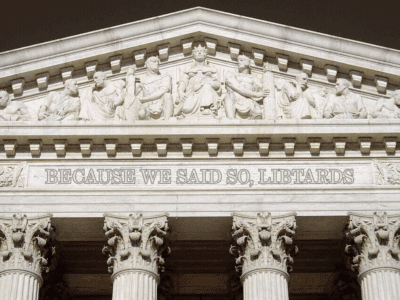One Year and Counting
How does Biden’s first year compare with Trump’s? Biden has been much more effective.
If you compare Biden’s performance with his promised agenda, the first year has been disappointing. If instead you compare him with his predecessor, Biden has done more to achieve his environmental goals. The difference is that Trump was judged on the basis of his rhetoric, while Biden is judged based on his achievement.
Four years ago, I wrote a post about the first year of the Trump Administration. Trump’s election had come as a huge shock. He had campaigned on a platform of opposition to all things environmental and promised exponential growth in fossil fuels.
After his first year in office, any hope that he might moderate after the election was long gone. Still, the inherent inertia of the U.S. regulatory system meant that actual legal changes fell short of the rhetoric and drama.
Biden, too, has been hampered by the inertia of the regulatory system. He has geared to up to reverse many of Trump’s rollbacks and then go beyond the earlier Obama efforts. Overall, he is moving more quickly than Trump in the regulatory sphere. My impression is that his efforts are going more quickly than Trump’s. Unlike Trump, he is using environmental statutes for their intended purpose of protecting the environment. That’s easier than turning them inside out to eliminate environmental protection. Unlike the inept outsiders appointed by Trump, Biden has generally appointed people with experience who know how to make the system work.
Biden has had one major victory in Congress, the passage of the infrastructure bill. That bill provided billions of dollars for rail, public transit, zero- and low-emission buses and ferries, and EV charging stations. It also closed a loophole that had allowed states to veto vitally needed electric transmission projects. Finally, the bill provided almost $50 billion for adaptation to climate change. In contrast, while Trump was able to get some Obama regulations reversed by using the Congressional Review Act, the public lands and pollution regulations involved were relatively minor.
Biden has also been active in the international sphere. He took the US back into the Paris Agreement, and pledged to slash 2005 carbon emissions in half by 2030. Along with the EU, he also pledged to cut global methane emissions in half.
State governments operated as counterweight to Trump during his first year. States have continued their momentum under Biden rather than slacking and waiting for the federal government to take care of the climate issue. North Carolina and Illinois both passed major new climate and clean energy policies in surprisingly bipartisan fashion. Washington State adopted a cap-and-trade system and a bevy of other climate measures, and Oregon required the elimination of all carbon emissions from its electricity system by 2040. Massachusetts set a 2050 net-zero target, with interim targets of 50% decreases in 2030 and 75% by 2040 (compared with 1990 levels).
Biden has had a couple of important setbacks. The Supreme Court has signaled that it will narrow EPA’s authority to regulate carbon emissions from power plants. Trump’s greatest victory was to entrench a conservative supermajority on the Supreme Court. This may haunt efforts to protect the planet for years to come. Biden has also been unable so far to nail down fifty votes for a reconciliation bill that contains some blockbuster climate provisions. Hopefully, some version of that bill will ultimately get through Congress.
When you compare Biden’s first year with Trump’s, it really is like day and night. It’s great to look at the morning news without a sense of overwhelming dread. Biden’s first year has been at least comparable with Obama’s in environmental terms, which has to count as real success.
When measured against the scale of the climate crisis, Biden’s successes fall far short. Just as the system prevented Trump from remaking the world as he desired, it has also blocked Biden. The administrative process is hampered by onerous procedural requirements, limitations on statutory authority, and the ever-present risk of judicial reversal. Getting major legislation through Congress is hard at the best of times. Doing so in a deeply polarized country with razor-thin majorities is all the more difficult. Getting a consensus among the world’s nations is even harder.
To my mind, there are two lessons here. First, mobilizing the public for climate action is crucial. Without that kind of mobilization, there is little chance of breaking through the logjams at the federal level, or for that matter internationally. Second, we cannot count on national governments to solve the problem. We need to continue to push very hard for actions by cities, states, and corporations.






Reader Comments